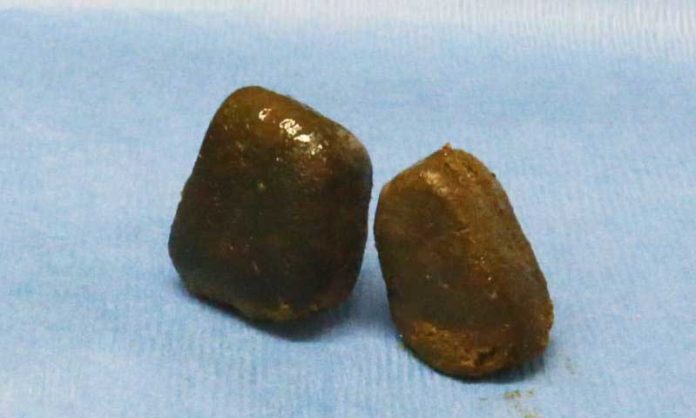When it comes to poop, you may think you’ve seen it all. From fluffy to firm and liquidy to lumpy, feces come in all sorts of shapes, sizes, textures, colors, and scents. It additionally comes in numerous shapes, for example, tubes (dogs), pellets (rabbits) or splats (cows), yet the wombat is one of a kind in the set of all animals in that it produces cubic crap.
Now, a team of scientists has finally discovered the reason behind cube-shaped wombat poop. Through this study, they have disclosed the physiological processes involved in this unique digestive trick.
Wombats, the chubby and beloved, short-legged marsupials local to Australia. It is solitary and nocturnal, living in underground tunnels amid the day, however, turning out around night time to scrounge on grasses and other vegetation. It also sleeps a lot; a normal of 16 hours of the day.
But there is a biological mystery in this type of animal kingdom: How do they produce cube-shaped poop? Patricia Yang, a postdoctoral fellow in mechanical engineering at the Georgia Institute of Technology, set out to investigate.
Yang primarily analyzed the differences in wombats’ digestive processes and soft tissue structures. For this, she studied the hydrodynamics of fluids, including blood, processed food, and urine, in the bodies of animals.
Yang said, “The first thing that drove me to this is that I have never seen anything this weird in biology. That was a mystery. I didn’t even believe it was true at the beginning. I Googled it and saw a lot about cube-shaped wombat poop, but I was skeptical.”
Scientists studied digestive tracts of wombats that had been euthanized following motor vehicle crashes in Tasmania, Australia. Carver, the scientist, and Australian partner to the gathering of American mechanical engineers provided the wombat intestinal examples.
Near the end of the intestine, scientists observed that there are feces that transform liquidlike states to solid states made up of small, separated cubes. Thus, scientists thought that the varying elastic properties of wombats’ intestinal walls allowed for the tube formation.
Yang said, “We currently have only two methods to manufacture cubes: We mold it, or we cut it. Now we have this third method. It would be a cool method to apply to the manufacturing process—how to make a cube with a soft tissue instead of just molding it.”
So, why do wombats poop cubes? Wombats pile their feces to mark their home ranges and communicate with one another through scent. They pile their feces in prominent places (e.g., next to burrows, or on logs, rocks and small raises) because they have poor eyesight.
The higher and more prominently placed the pile of feces, the more visually distinctive it is to attract other wombats to smell and engage in communication. Therefore, it is important that their droppings do not roll away, and cube-shaped poop solves this problem.
Scientists expect that the study will contribute to current understandings of soft tissue transportation, or how the gut moves. She also emphasized that the group’s research involved mechanical engineering and biology, and their findings are valuable to both fields.
During the American Physical Society’s Division of Fluid Dynamics 71st Annual Meeting, which will take place Nov. 18-20 at the Georgia World Congress Center in Atlanta, Georgia, Yang and her co-authors, Scott Carver, David Hu and undergraduate student Miles Chan, will explain their findings from dissecting the alimentary systems, or digestive tracts, of wombats.
